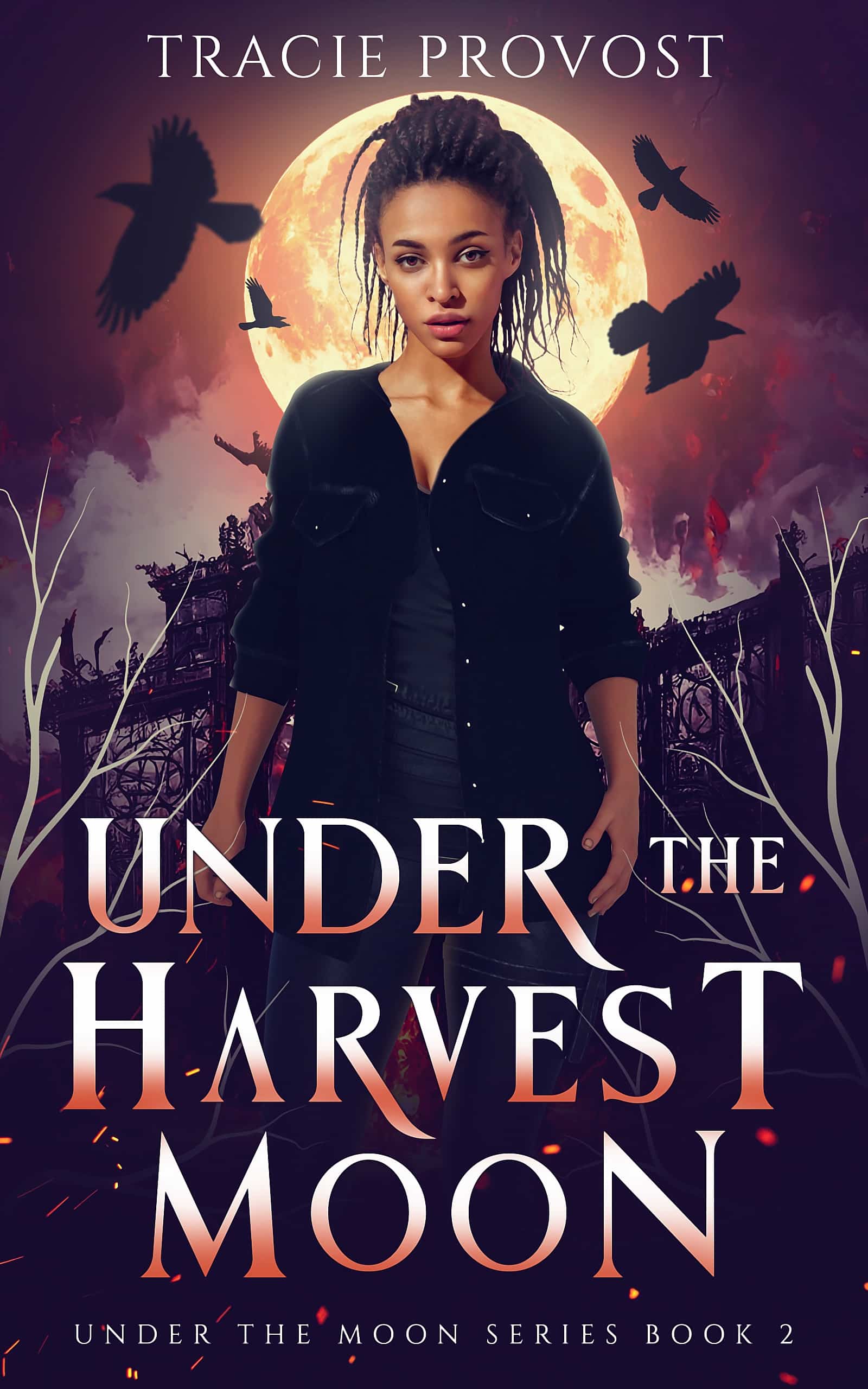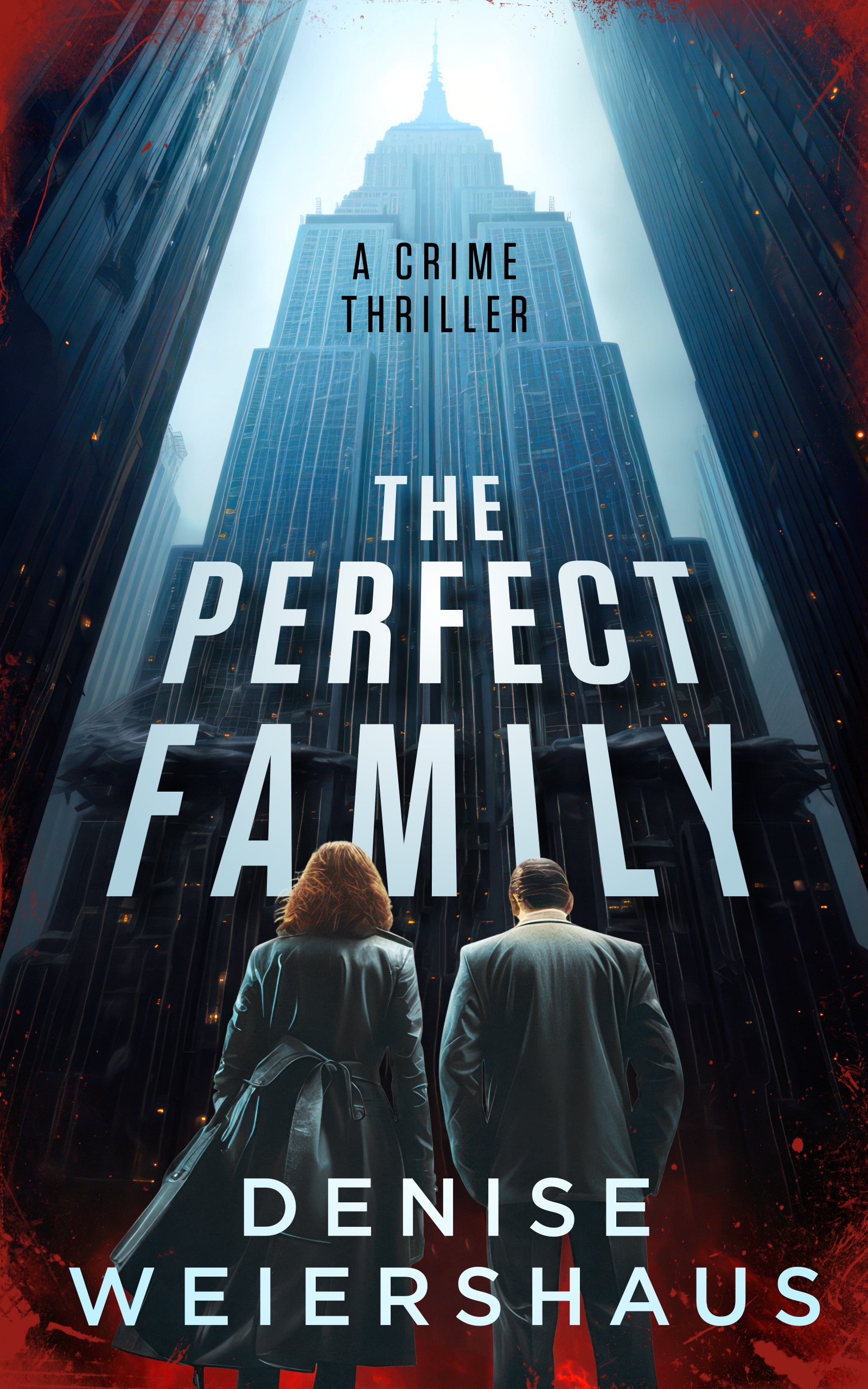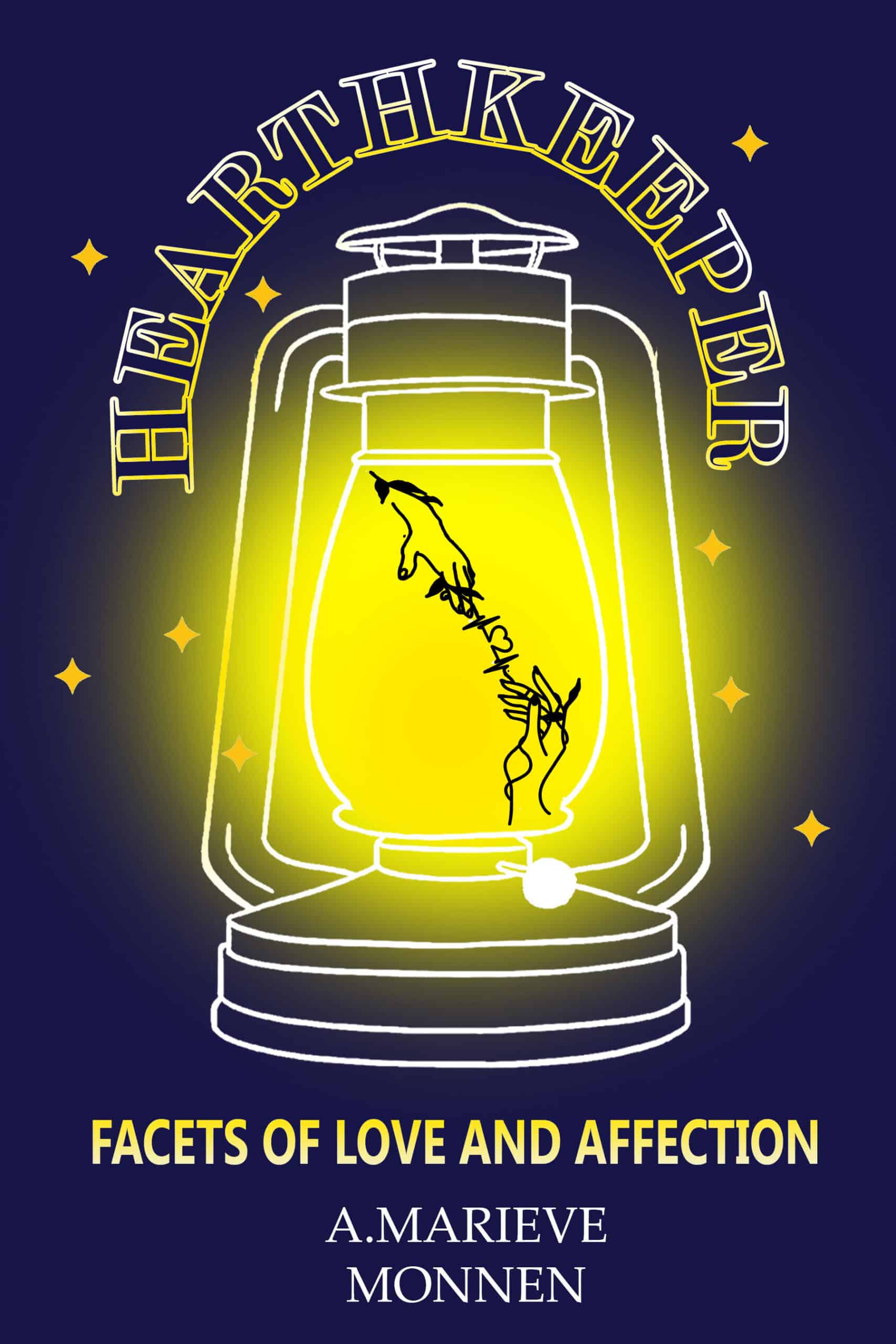
by David Safford |
Symbols enrich your story’s meaning by connecting what’s literally happening with overarching themes. Does your story include symbols? And what symbols should you include? In this article, we’ll look at symbolic archetypes that will help you create powerful symbols in your story.

by David Safford |
Inspiration comes in many forms. It may be a lovely tune from your playlist; A stunning vista in nature; A wildly creative turn-of-phrase you overhear in a coffee shop. Nearly anything. Like all creative minds, you sit down to convert this nugget of inspiration into a story.
But then you hit a wall. How do you transform raw inspiration into an actual story? How do you turn inspiration into a novel plan?

by David Safford |
If you’re a writer, you’ve probably received feedback. While some writing feedback is easily processed (like quick compliments), the best feedback takes time and energy to deal with. Receiving a flood of critiques can feel good at first. But after reading a deluge of opinions and observations and judgments, it can get really overwhelming.
Here’s how to organize the feedback you receive so you can approach the next draft with confidence!

by David Safford |
We can’t wait to get to the climax of a story. It’s the most exciting part, the place with the most action and intense moments. Right?

by David Safford |
Nobody likes writing the middle of a story. Not only is the middle of a story the part where writers usually quit, it’s the part where readers quit too! The middle of a story can often feel unfocused, slow, or predictable. Sometimes even published and respected stories can feel like they lose their sense of direction and purpose in the middle.
But your story needs to be told. You need to start and finish it with confidence. And the way to write an amazing, page-turning middle to your book lies in answering three essential questions.







